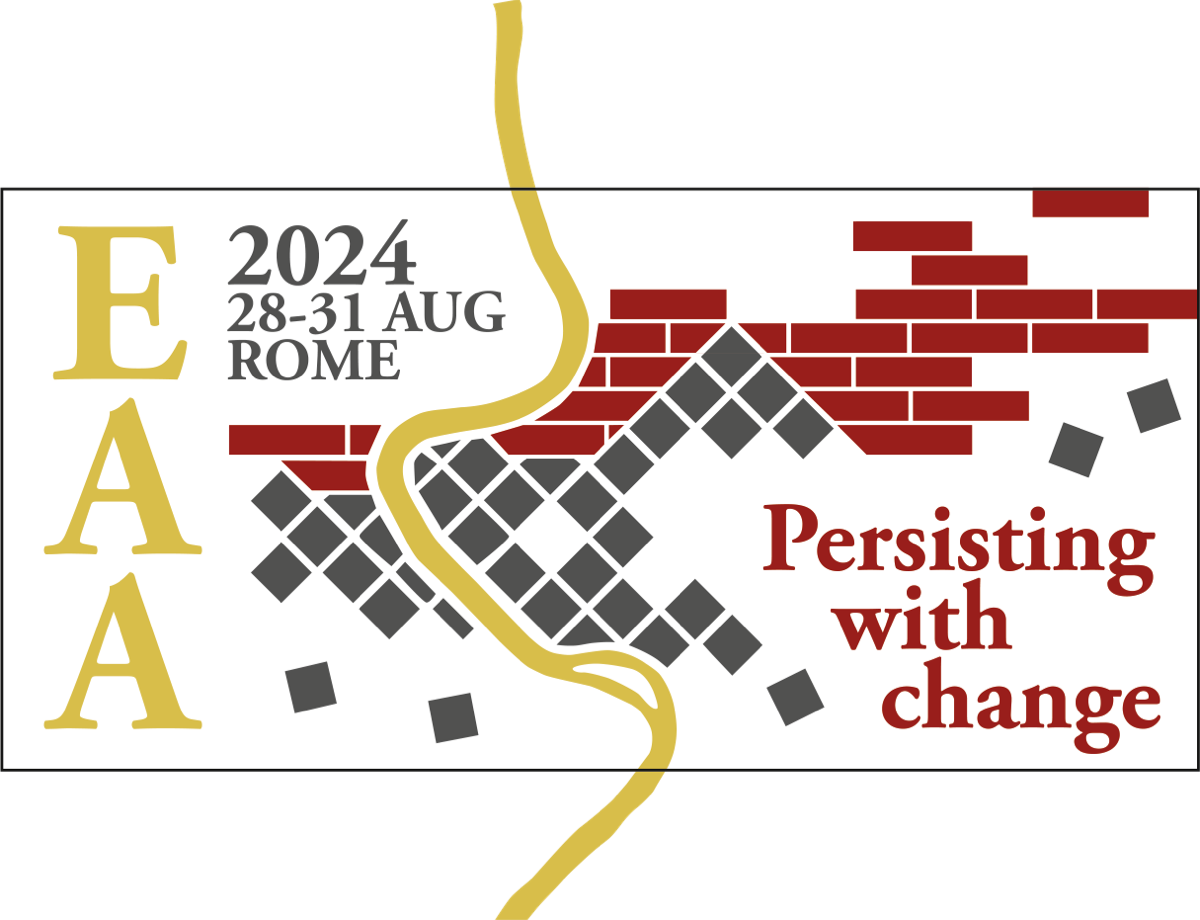28 - 31 August, 2024
30th EAA Annual Meeting in Rome
Conference
"Investigating new sounds from a recreated medieval organ with pairs of conical pipes".
Abstract
The Harding Bible (Dijon, Biblioteque Municipale) was written and illuminated at the Cistercian monastery of Cîteaux during the leadership of the third abbot Stephen Harding. It includes an illustration (MS14, vol.3, folio 13v), dated to about the second decade of the twelfth century and showing Psalmist King David with his four musicians, one of which playing an eight-keyed organ with eight pairs of conical flue pipes.
Although this image of an organ is often regarded as unreliable – to be reconsidered in the light of squashed perspective and multiple viewpoints - I believe that it provides sufficient elements for a realistic reconstruction and hence further investigation on the role of the pairs of equal-length pipes.
For historical accuracy, the construction of typical organs of the period had to be taken into account, thus for windchest and conical pipes reference was made to the coeval treatise De diversis artibus by Theophilus.
As a natural result of the building process, the lengths of the pipes of the reconstructed instrument, as well as their arrangement on the windchest and the lineup of their mouths, correspond to the illustration in the manuscript.
Yet, regarding the sound some questions arise, which this research aims to examine:
How were the pairs of pipes used - at their perfect unison or slightly mistuned, resulting in an undulating sound? Would this oscillation be a plausible sonic model for medieval organs? Could it be considered as a precursor of the Italian Renaissance organ stop ‘Voce Umana’?
30th EAA Annual Meeting in Rome
Conference
"Investigating new sounds from a recreated medieval organ with pairs of conical pipes".
Abstract
The Harding Bible (Dijon, Biblioteque Municipale) was written and illuminated at the Cistercian monastery of Cîteaux during the leadership of the third abbot Stephen Harding. It includes an illustration (MS14, vol.3, folio 13v), dated to about the second decade of the twelfth century and showing Psalmist King David with his four musicians, one of which playing an eight-keyed organ with eight pairs of conical flue pipes.
Although this image of an organ is often regarded as unreliable – to be reconsidered in the light of squashed perspective and multiple viewpoints - I believe that it provides sufficient elements for a realistic reconstruction and hence further investigation on the role of the pairs of equal-length pipes.
For historical accuracy, the construction of typical organs of the period had to be taken into account, thus for windchest and conical pipes reference was made to the coeval treatise De diversis artibus by Theophilus.
As a natural result of the building process, the lengths of the pipes of the reconstructed instrument, as well as their arrangement on the windchest and the lineup of their mouths, correspond to the illustration in the manuscript.
Yet, regarding the sound some questions arise, which this research aims to examine:
How were the pairs of pipes used - at their perfect unison or slightly mistuned, resulting in an undulating sound? Would this oscillation be a plausible sonic model for medieval organs? Could it be considered as a precursor of the Italian Renaissance organ stop ‘Voce Umana’?


